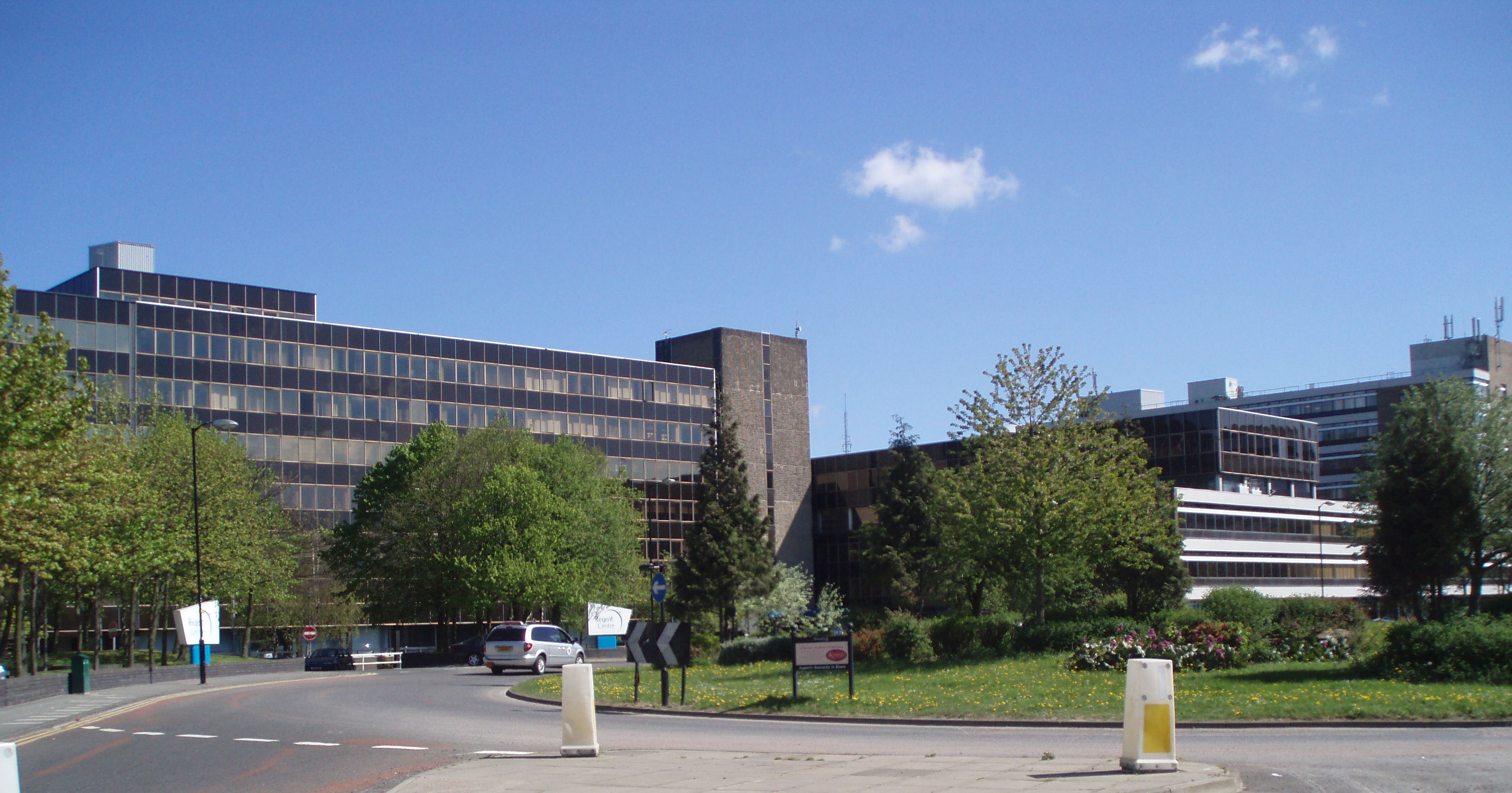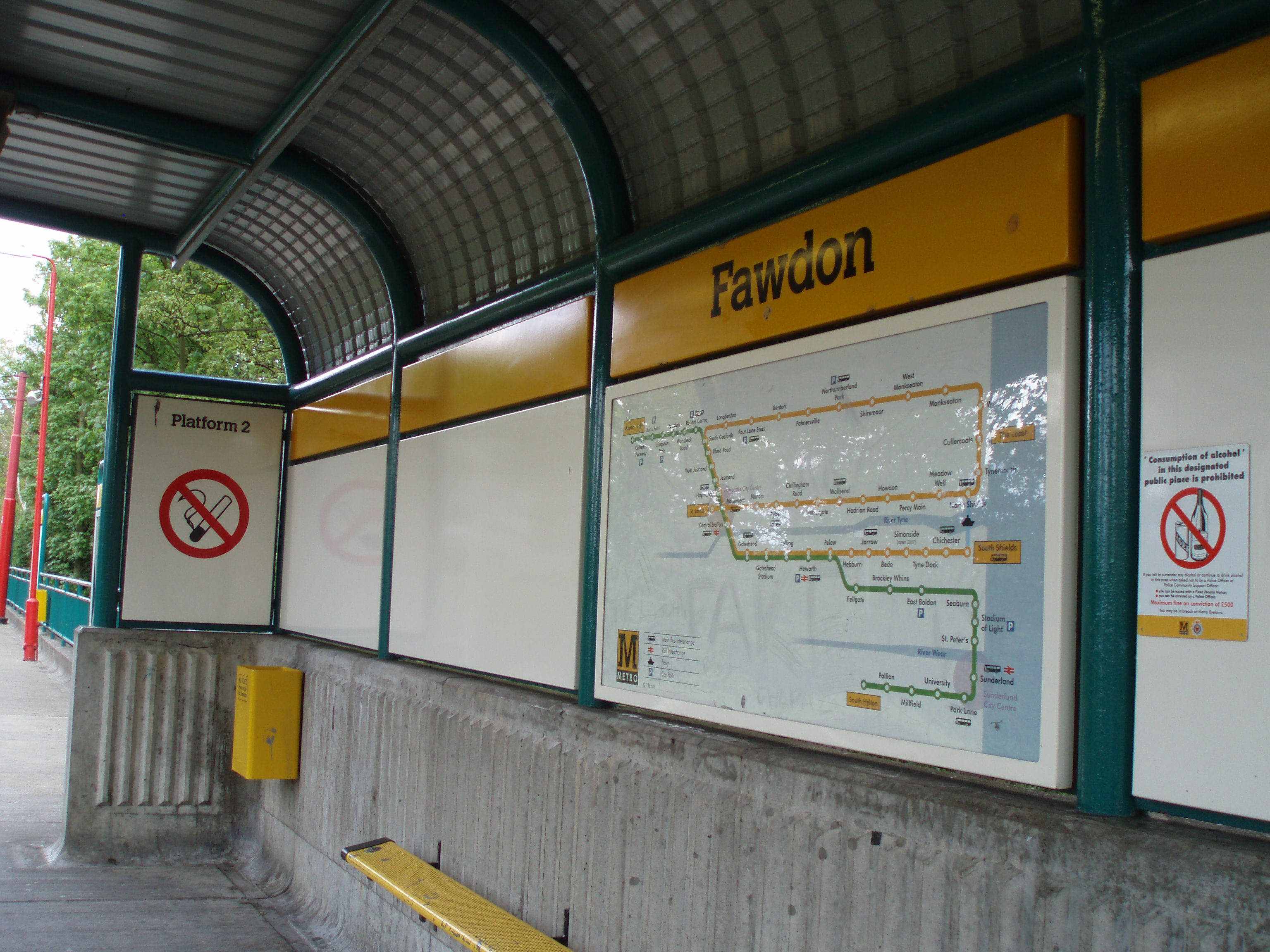Coxlodge on:
[Wikipedia]
[Google]
[Amazon]
Coxlodge is an area situated between
 Coal mining had been in the area as early as 1757, and Coxlodge Colliery was developed by Matthew Bell and Charles John Brandling in 1809/10. There were three pits in the Coxlodge Colliery, the Bower Pit, the Jubilee Pit, which was on Jubilee Road opposite Jubilee Crescent, and the Regent Pit which is now the Regent Centre business park and St Charles R.C. School next to the current Metro line.
An explosion at the Bower pit on 6 March 1863 resulted in 19 deaths. The colliery closed on 16 June 1894 with the miners being transferred to other local pits. Some of the spoil was later used in the construction of the runway at Newcastle Airport.
Coal mining had been in the area as early as 1757, and Coxlodge Colliery was developed by Matthew Bell and Charles John Brandling in 1809/10. There were three pits in the Coxlodge Colliery, the Bower Pit, the Jubilee Pit, which was on Jubilee Road opposite Jubilee Crescent, and the Regent Pit which is now the Regent Centre business park and St Charles R.C. School next to the current Metro line.
An explosion at the Bower pit on 6 March 1863 resulted in 19 deaths. The colliery closed on 16 June 1894 with the miners being transferred to other local pits. Some of the spoil was later used in the construction of the runway at Newcastle Airport.
 The nearest
The nearest
Fawdon
Fawdon is an electoral ward of Newcastle upon Tyne. It is also close to the A1 western bypass. The population of the ward is 10,890, reducing to 10,090 at the 2011 Census, 5.7% of the total population of Newcastle upon Tyne. Car ownership in ...
, Gosforth
Gosforth is a suburb of the city and metropolitan borough of Newcastle upon Tyne, England. It constituted a separate urban district from 1895 until 1974 before officially merging with the city of Newcastle upon Tyne. In 2001, it had a populati ...
and Kenton in Newcastle upon Tyne
Newcastle upon Tyne ( RP: , ), or simply Newcastle, is a city and metropolitan borough in Tyne and Wear, England. The city is located on the River Tyne's northern bank and forms the largest part of the Tyneside built-up area. Newcastle is ...
, England.
History
By order of the Local Government Board on 20 September 1872, the parishes ofSouth Gosforth
Gosforth is a suburb of the city and metropolitan borough of Newcastle upon Tyne, England. It constituted a separate urban district from 1895 until 1974 before officially merging with the city of Newcastle upon Tyne. In 2001, it had a popula ...
and Coxlodge were constituted into an urban district, the South Gosforth Local Board. After the 1894 Local Government Act
The Local Government Act 1894 (56 & 57 Vict. c. 73) was an Act of the Parliament of the United Kingdom that reformed local government in England and Wales outside the County of London. The Act followed the reforms carried out at county level u ...
, it became the South Gosforth Urban District Council. A year later, by a Northumberland County Council
Northumberland County Council is a unitary authority in North East England. The population of the non-metropolitan unitary authority at the 2011 census was 316,028.
History
It was formed in 1889 as the council for the administrative county of ...
order dated 14 March 1895, the title was changed again to Gosforth Urban District Council. The parishes of Coxlodge and South Gosforth were amalgamated into the parish of Gosforth in 1908. The Gosforth Urban District Council was finally abolished on 1 April 1974 to become part of Newcastle Metropolitan Borough Council.
The development of the colliery caused the population to expand from just 108 in 1801 to 965 in 1831. The Coxlodge Hotel was built in 1868 and later became the Trap Public House. By 1878 the population was 1538, and the creation of housing for miners continued into the 20th century. Additional council housing was built in the aftermath of World War One and after World War Two many of the miners cottages were replaced with additional council housing.
A school and Roman Catholic Church and School was built in 1861. A Methodist Chapel was built in 1817, and then replaced in 1874. In 1877 a Board School
School boards were public bodies in England and Wales between 1870 and 1902, which established and administered elementary schools.
School boards were created in boroughs and parishes under the Elementary Education Act 1870 following campaigni ...
was built.
Mining
Notable residents
Notable people who were born in Coxlodge includeTommy Glidden
Thomas William Glidden (20 July 1902 – 10 July 1974) was an English footballer who played at outside-right. He captained West Bromwich Albion to victory in the 1931 FA Cup Final, with the team also winning promotion to Division One in the sam ...
, an English footballer.
; Coxlodge Hall
A number of wealthy people lived in a large residence called Coxlodge Hall, which was built in 1796 by Job Bulman, a medical man originally from Gateshead who had made his money in India
India, officially the Republic of India (Hindi: ), is a country in South Asia. It is the List of countries and dependencies by area, seventh-largest country by area, the List of countries and dependencies by population, second-most populous ...
. Bulman lived there until he died in 1818. The hall was sold a number of times and occupants included the soap manufacturer Thomas Hedley and shipbuilders Andrew Leslie and Sir Rowland Hodge. The Hall itself was destroyed by fire in 1877, but was rebuilt two years later. The building was eventually used as a private school until it was demolished in 1939. A lodge on Gosforth High Street and the Coach House or Stables still survive. In 1950 the coach house was eventually turned into offices. The previous owners were Summers-Inman Construction and Property Consultants, who bought the coach house of Coxlodge Hall in 1972 and had since renovated the location.
In 2018 McDougall Dodds unveiled plans to turn the site into 8 residential properties, which then in-turn went on the market in 2020.
Transport
Tyne & Wear Metro
The Tyne and Wear Metro is an overground and underground light rail rapid transit system serving Newcastle upon Tyne, Gateshead, North Tyneside, South Tyneside, and the City of Sunderland (together forming Tyne and Wear). The network opened in ...
stations are Fawdon
Fawdon is an electoral ward of Newcastle upon Tyne. It is also close to the A1 western bypass. The population of the ward is 10,890, reducing to 10,090 at the 2011 Census, 5.7% of the total population of Newcastle upon Tyne. Car ownership in ...
and Wansbeck Road.
There used to be a railway station called Coxlodge station, which was in use between 1905 and 1929, on the Ponteland and Darras Hall Branch of the North Eastern Railway. The architect's plans of 1903 indicate that Coxlodge station was actually to be known as Fawdon, which became the Metro station name decades later. By 1973 the platform and buildings had gone, but the signal box remained until some time later; itself eventually being demolished. The site of this station is now occupied by Fawdon Metro station, which opened in 1981.
St Nicholas Hospital
In the 1850s Newcastle upon Tyne's hospitals for mentally ill patients were overcrowding; a new asylum was promised in Coxlodge, where a farmstead had been purchased. It opened as Newcastle upon Tyne Borough Lunatic Asylum in July 1869. In 1882 it changed its name to Newcastle upon Tyne City Lunatic Asylum. In 1948 theNational Health Service
The National Health Service (NHS) is the umbrella term for the publicly funded healthcare systems of the United Kingdom (UK). Since 1948, they have been funded out of general taxation. There are three systems which are referred to using the " ...
took over the hospital and changed the name to St Nicholas Hospital.
References
{{T&W places Districts of Newcastle upon Tyne